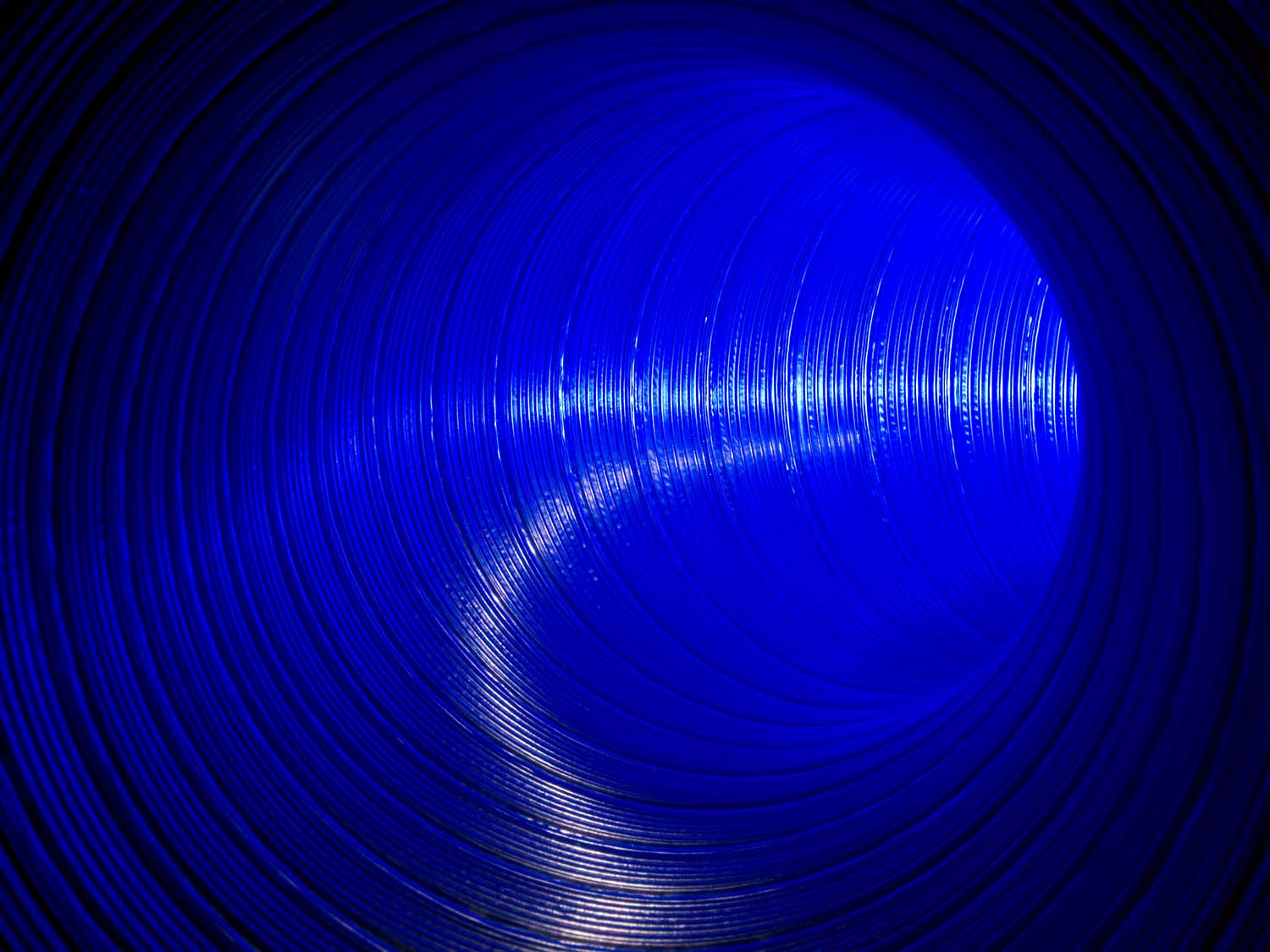LiDAR Sewer Pipe Inspection Assists in Planning And Programming
Municipalities and civil engineers require detailed data for effective planning and programming of sewer maintenance and repair. According to the EPA, proactive management of sewer assets can reduce total asset costs by 20% to 30%. Light Detection and Ranging (LiDAR) laser profiling for sewer pipes provides the type of data required for proactive management and capital improvement planning.
Pro-Pipe has made partnerships with inspection equipment providers to provide LiDAR pipe inspection services. This sewer pipe LiDAR profiling technology is used to quickly and accurately analyze the shape and condition of wastewater infrastructure ranging from 6” to 60” in diameter.
What Are the Benefits of LiDAR Profiling?
- Allows for proactive repair and replacement recommendations
- Shows compliance with local, state and federal agencies, and establishes a baseline to apply for state and federal grants
- Uses a detailed assessment that identifies critical problems and provides predictive failure analysis
- Creates a record for decision makers to assure proper expenditures
- Produces amazingly detailed images using a 3.1-megapixel, high-resolution camera
- Ensures reliability via use of a durable camera that contains no moving parts; the unit is driven on a CUES wheeled or tracked tool
- Captures still images and live video
